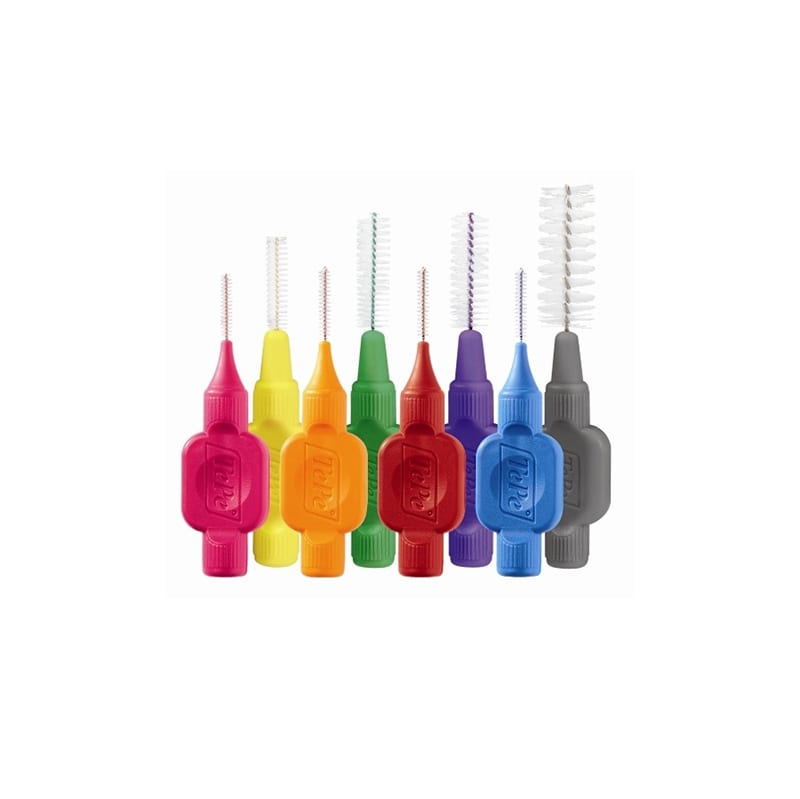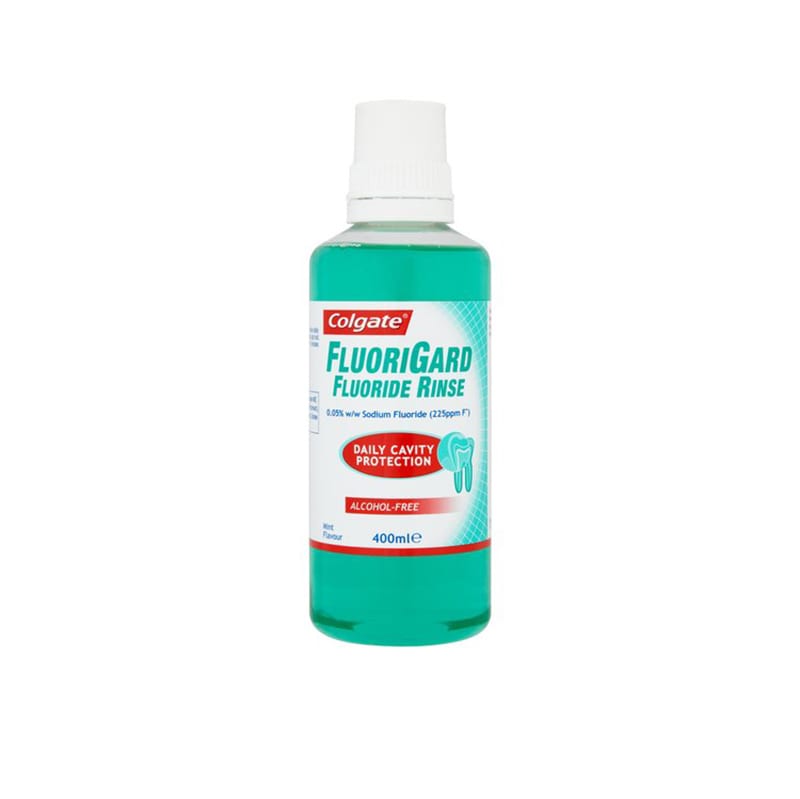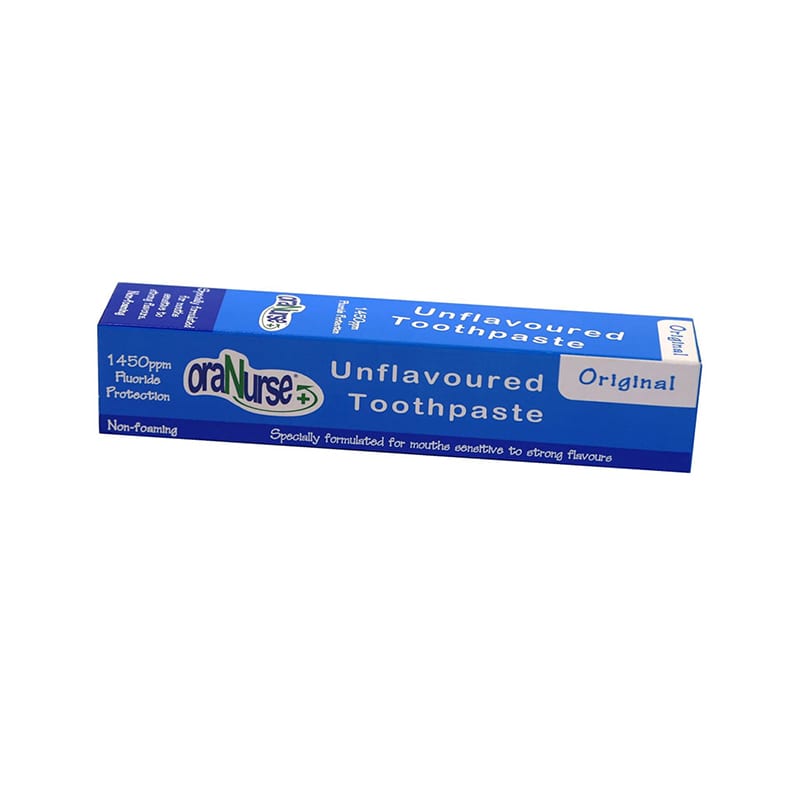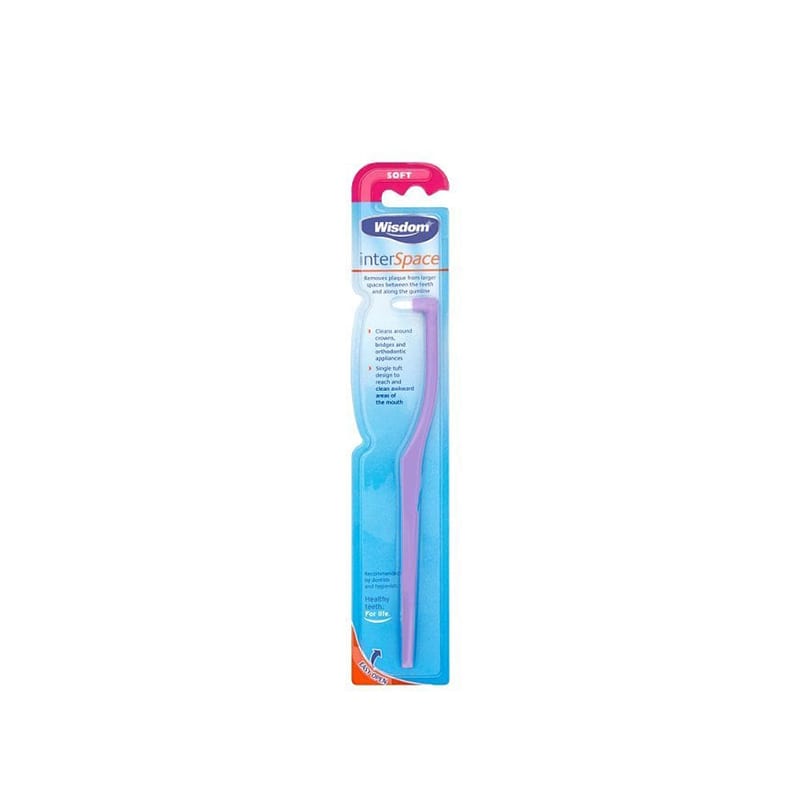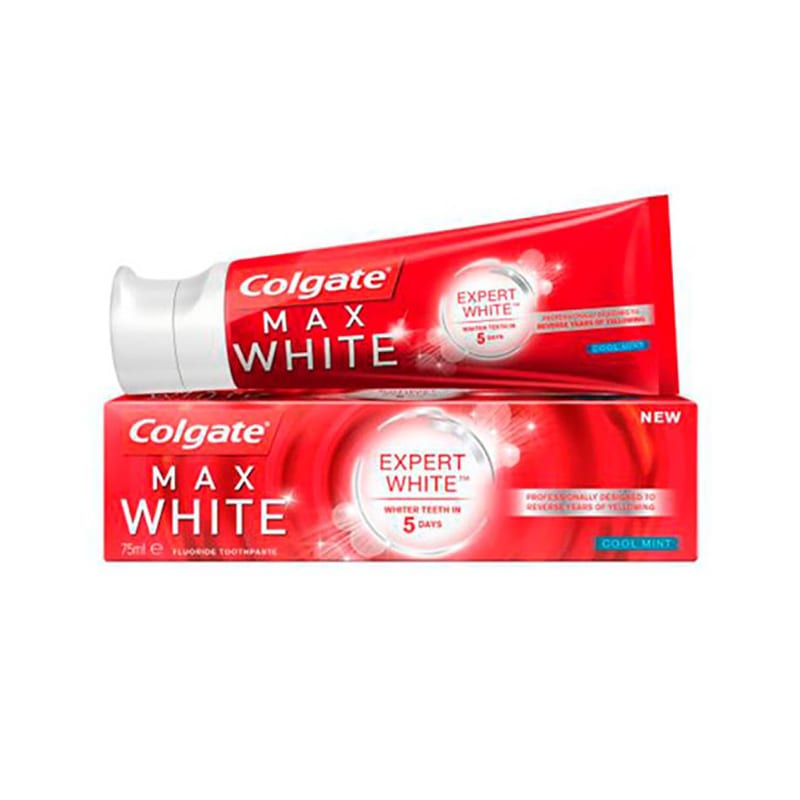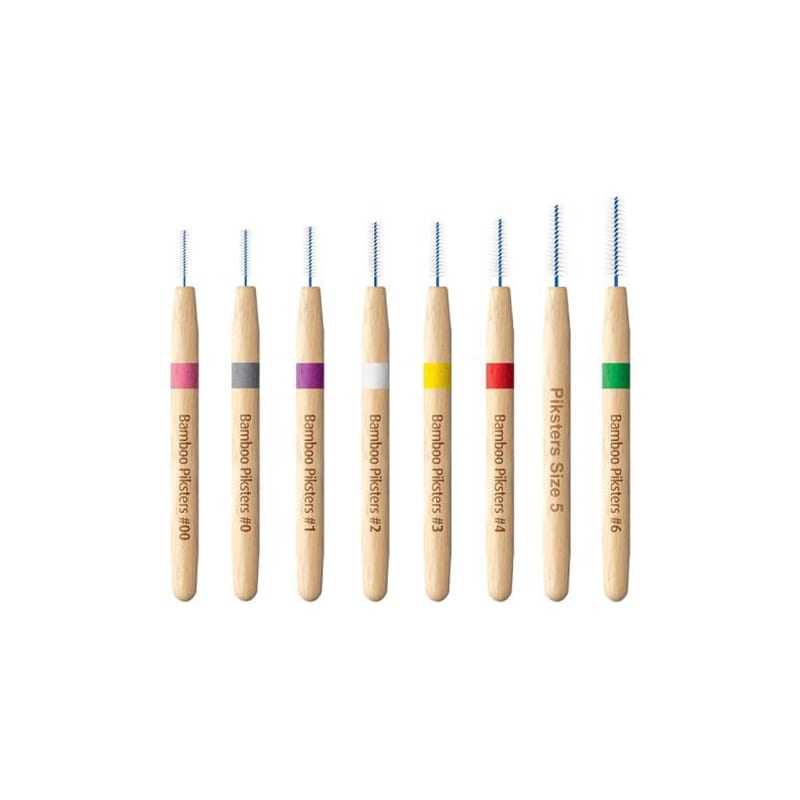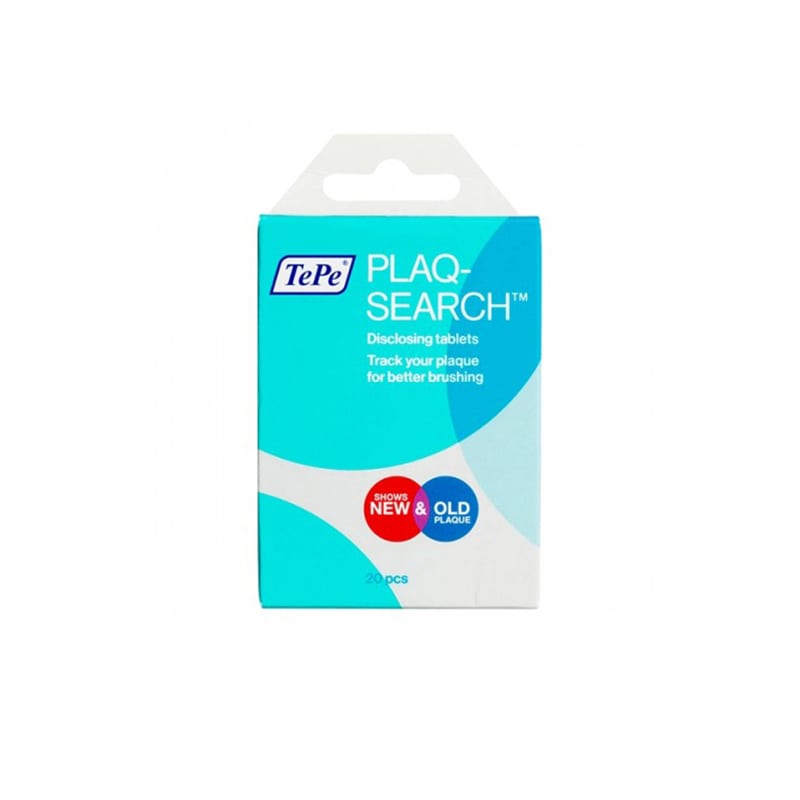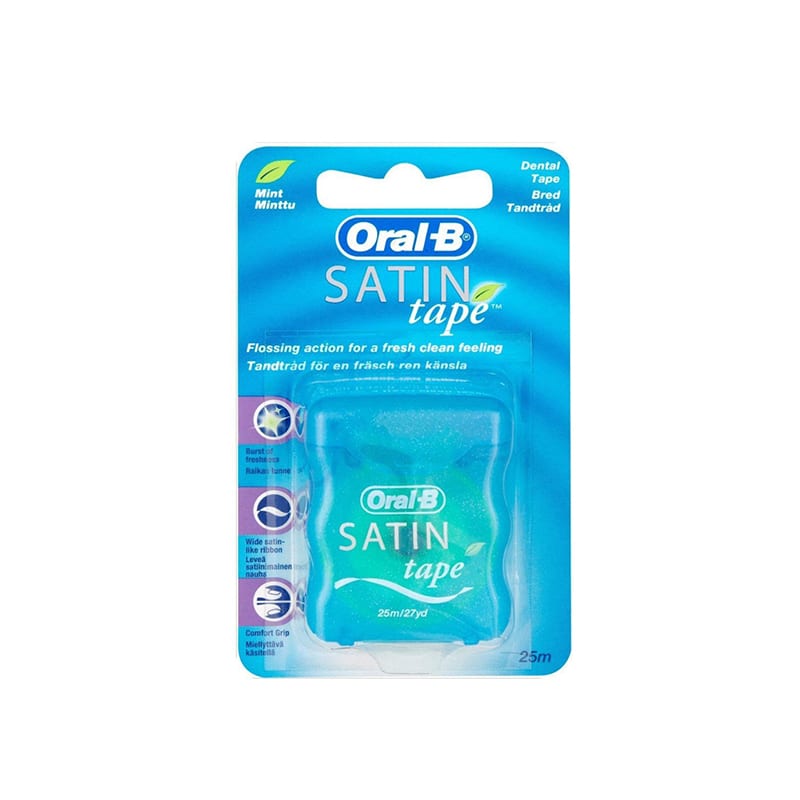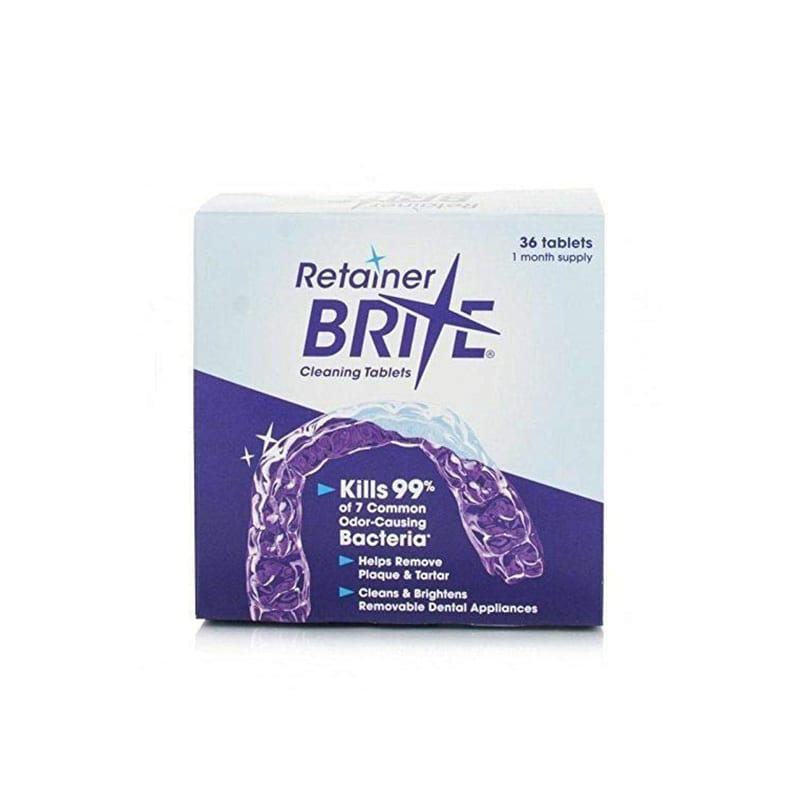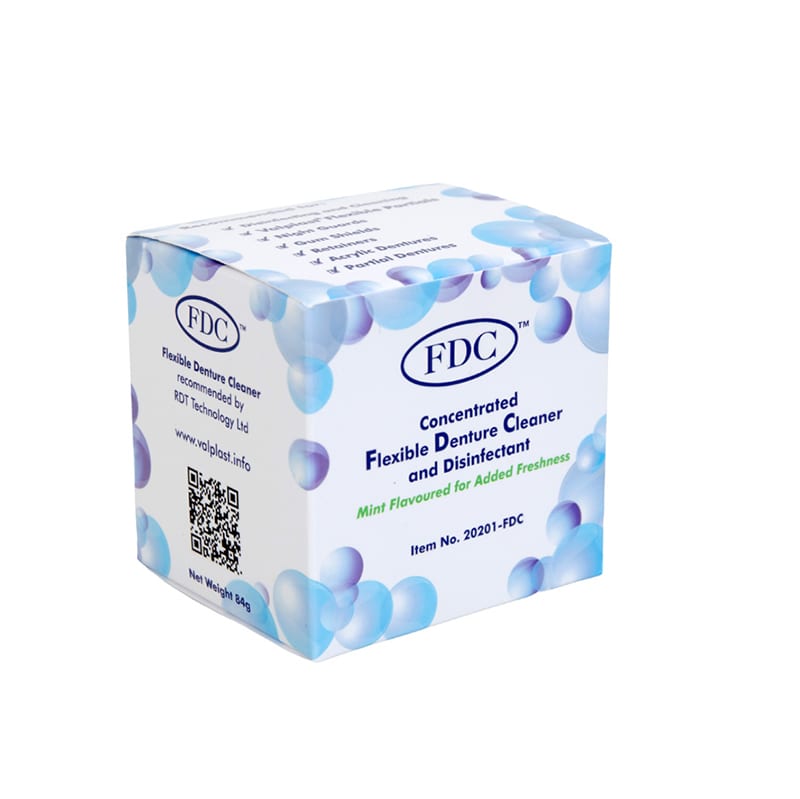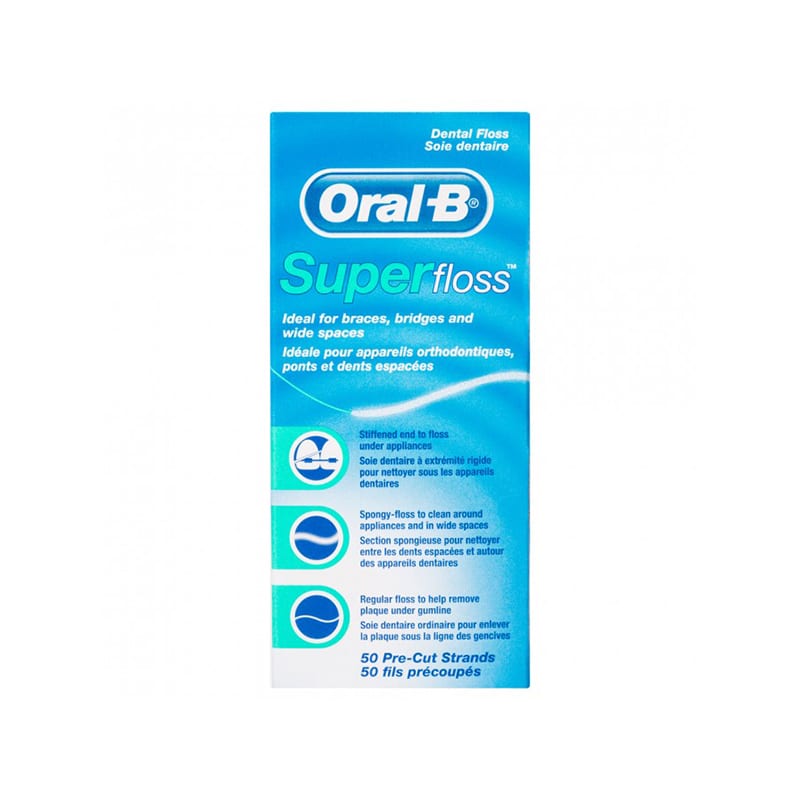Why is a healthy diet important to my oral health? Every time you eat or drink anything sugary, your teeth are under acid attack for up to an hour. This is because the sugar will react with the bacteria in plaque (the sticky coating on your teeth) and produce the harmful acids. So it is important to keep sugary foods only to mealtimes, limiting the amount of time your mouth is at risk.
OUR HYGIENIST
Hygienists are trained to treat and prevent periodontitis (gum disease). Their role involves clinically working in the mouth and as an educator; giving patients the knowledge and techniques to keep their mouths healthy. The main role is to provide thorough cleaning of the teeth, as well as giving advice on diet and on a range of oral health products tailored to your individual needs.
You will be shown how to clean your teeth effectively. This will help reduce the rate of decay in your teeth as well as preventing further gum disease.
A clean and healthy mouth will give you a great smile and make you feel good. Attention to good oral hygiene can also help freshen your breath. Bad breath is more often caused by gum problems.
HYGIENISTS ARE TRAINED TO TREAT AND PREVENT GUM DISEASE
OUR HYGIENIST
Hygienists are trained to treat and prevent periodontitis (gum disease). Their role involves clinically working in the mouth and as an educator; giving patients the knowledge and techniques to keep their mouths healthy. The main role is to provide thorough cleaning of the teeth, as well as giving advice on diet and on a range of oral health products tailored to your individual needs.
You will be shown how to clean your teeth effectively. This will help reduce the rate of decay in your teeth as well as preventing further gum disease.
A clean and healthy mouth will give you a great smile and make you feel good. Attention to good oral hygiene can also help freshen your breath. Bad breath is more often caused by gum problems.
OVER 80% OF ADULTS SUFFER FROM SOME SORT OF GUM DISEASE
OVER 80% OF ADULTS SUFFER FROM SOME SORT OF GUM DISEASE
YOUR HYGIENIST VISITS:
ASSESSMENT: During a hygiene visit a chart will be made showing where plaque has formed around the teeth and gums, and the extent of any gum bleeding. On your first visit checks for pocketing (deepening of the gum crevice), will be made. This involves using a periodontal probe to take measurements of the area where the gum attaches to the tooth.
TREATMENT: Involves carefully removing the plaque and tartar using manual and ultrasonic scaling instruments and then polish the teeth to leave them smooth and shiny. If gum disease has become more advanced, a special procedure for removing tarter from the root surface of the tooth may be required.
This is called root planing and it may call for the hygienist to anaesthetise an area of your mouth.You will have the procedure explained to you in more detail should it be required.
REVIEW: because the bacteria that cause gum problems are ever present, it is important to visit your hygienist regularly. At the end of your visit to the hygienist you will be advised when you need to return, so that your teeth and gums are monitored to keep them healthy.
YOUR HYGIENIST VISITS:
ASSESSMENT: During a hygiene visit a chart will be made showing where plaque has formed around the teeth and gums, and the extent of any gum bleeding. On your first visit checks for pocketing (deepening of the gum crevice), will be made. This involves using a periodontal probe to take measurements of the area where the gum attaches to the tooth.
TREATMENT: Involves carefully removing the plaque and tartar using manual and ultrasonic scaling instruments and then polish the teeth to leave them smooth and shiny. If gum disease has become more advanced, a special procedure for removing tarter from the root surface of the tooth may be required.
This is called root planing and it may call for the hygienist to anaesthetise an area of your mouth.You will have the procedure explained to you in more detail should it be required.
REVIEW: because the bacteria that cause gum problems are ever present, it is important to visit your hygienist regularly. At the end of your visit to the hygienist you will be advised when you need to return, so that your teeth and gums are monitored to keep them healthy.
COMMON HYGIENE PROBLEMS
CAUSES OF GUM PROBLEMS: Over 80% of adults suffer from some sort of gum disease. Left untreated, it will damage and eventually destroy the bone supporting your teeth, resulting in loose teeth and eventual tooth loss. This process will occur no matter how healthy your teeth may be. However, the good news is that in its early stages gum disease is usually reversible.
TARTAR BUILD UP: Plaque is a white sticky film of bacteria which makes it difficult to see. Plaque attacks the gum tissue where it meets the tooth margins. Daily build up of plaque is normal and provided it is removed every day your gums will remain healthy. If plaque is allowed to remain in the mouth for more than 24 hours then the harmful bacteria begin to mature and harden forming calculus (tarter), which can only be removed by a dental professional. If plaque is not removed regularly the bacteria will attack under the gum line at the ligament supporting the root of the tooth. This can lead to the loss of the tooth. Gums which bleed when you brush them are usually the first sign of problems (gingivitis).
BAD BREATH: Gum disease can also contribute to bad breath. This comes from the volatile sulphur compounds created by uncontrolled bacteria in the mouth. The bacteria are found around the gum crevice and on the rough surface of the tongue, palate and cheeks. An effective oral hygiene regime coupled with visits to your hygienist will help reduce this bacteria build up and alleviate your bad breath problem.
HYGIENE FEES:
| TREATMENT | COST |
|---|---|
| Assessment* | £75.00 |
| Routine Scaling Session | £48.00 |
| Extended Scaling Session | £75.00 |
| Root Planing Session | £90.00 |
*includes Pocket depth measurements, oral hygiene instruction & scaling
COMMON HYGIENE PROBLEMS
CAUSES OF GUM PROBLEMS: Over 80% of adults suffer from some sort of gum disease. Left untreated, it will damage and eventually destroy the bone supporting your teeth, resulting in loose teeth and eventual tooth loss. This process will occur no matter how healthy your teeth may be. However, the good news is that in its early stages gum disease is usually reversible.
TARTAR BUILD UP: Plaque is a white sticky film of bacteria which makes it difficult to see. Plaque attacks the gum tissue where it meets the tooth margins. Daily build up of plaque is normal and provided it is removed every day your gums will remain healthy. If plaque is allowed to remain in the mouth for more than 24 hours then the harmful bacteria begin to mature and harden forming calculus (tarter), which can only be removed by a dental professional. If plaque is not removed regularly the bacteria will attack under the gum line at the ligament supporting the root of the tooth. This can lead to the loss of the tooth. Gums which bleed when you brush them are usually the first sign of problems (gingivitis).
BAD BREATH: Gum disease can also contribute to bad breath. This comes from the volatile sulphur compounds created by uncontrolled bacteria in the mouth. The bacteria are found around the gum crevice and on the rough surface of the tongue, palate and cheeks. An effective oral hygiene regime coupled with visits to your hygienist will help reduce this bacteria build up and alleviate your bad breath problem.
HYGIENE FEES:
| TREATMENT | COST |
|---|---|
| Assessment* | £75.00 |
| Routine Scaling Session | £48.00 |
| Extended Scaling Session | £75.00 |
| Root Planing Session | £90.00 |
*includes Pocket depth measurements, oral hygiene instruction & scaling
AVAILABLE TO BUY AT THE SURGERY
St James Dental & Facial Aesthetics stock a range of home care products to help you care for your teeth and gums.

